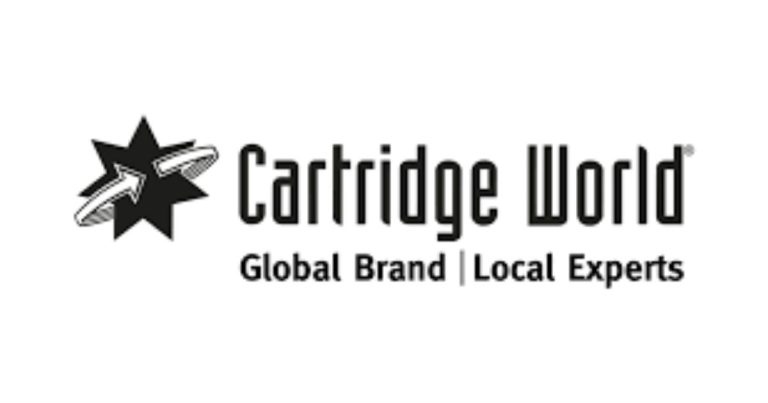Optimizing Airflow and Moisture Control in Packaging
When it comes to packaging, two critical factors often determine the success and longevity of a product—airflow and moisture control. Whether it’s fresh produce, baked goods, or sensitive electronics, maintaining the right balance of airflow and moisture can significantly affect product quality and customer satisfaction.
This blog explores the best practices for optimizing airflow and moisture control in packaging, ensuring your product stays in top condition from production to the consumer’s hands.
Why Airflow and Moisture Control Matter in Packaging
Packaging is more than just a container; it’s a protective shield that affects your product’s performance, freshness, and shelf life. If airflow or moisture levels aren’t controlled properly, the risks include spoilage, product degradation, or damage during transit.
Key Reasons to Optimize Airflow and Moisture Control
1. Preserve Product Quality: Improper moisture and airflow can lead to mold growth or dehydration in products like bread and produce.
2. Extend Shelf Life: Controlling environmental factors maximizes the longevity of perishable goods.
3. Protect Against Damage: Electronics and other sensitive items are highly susceptible to moisture-induced harm.
With these elements in mind, strategic packaging design is essential to create the ideal storage environment.
Techniques for Controlling Airflow
Airflow plays a crucial role in ensuring freshness and safety, especially for food products. By optimizing airflow, you can maintain the right temperature, reduce condensation, and minimize product damage. Below are some of the most effective ways to achieve this.
Ventilated Packaging Designs
One of the most common solutions for airflow management is the use of ventilated packaging. Ventilation holes, also known as macro perforation, allow consistent air circulation, keeping fresh products like vegetables and fruits cool and fresh.
For example, macro perforation in film wrappings is widely used for produce items like lettuce and grapes. This type of packaging prevents condensation build-up while allowing the produce to “breathe,” improving its shelf life and appeal.
Air Distribution Systems
To ensure uniform airflow, many companies implement specific patterns in their box or film designs. These patterns help channel air evenly through the product, avoiding uneven cooling or heating.
Custom Vent Sizing
Not all products require the same level of ventilation. For instance, while fresh herbs may need significant airflow, bakery items might require moderate circulation to prevent drying out. Customizing vent sizes based on product needs leads to better overall results.
Moisture Management Solutions
Moisture is a double-edged sword in the world of packaging. While some products require controlled humidity levels for optimal freshness, excess moisture can spell disaster for others.
Using Desiccants for Moisture Absorption
For items such as electronics, pharmaceutical products, and luxury goods, packaging often includes desiccants—chemical agents that absorb moisture. These tiny packs prevent moisture buildup that could lead to rust, mold, or degradation.
Humidity-Controlled Packaging
Certain food items, from fresh flowers to baked goods, thrive in high-humidity conditions. Humidity-controlled packaging uses specialized materials to maintain consistent moisture levels, ensuring freshness.
Moisture-Resistant Film Layers
Many industries rely on multi-layered packaging with moisture-resistant barriers. These barriers shield the product from external humidity while regulating internal moisture levels. For example, vacuum-sealed packages often use such films to preserve meats and cheeses.
Anti-Condensation Coatings
Condensation inside a package can ruin the aesthetics and quality of a product. Anti-condensation coatings applied to packaging films can mitigate this issue. These coatings reduce water droplet formation, maintaining a clean and safe product.
The Perfect Balance: Combining Airflow and Moisture Control
When optimizing packaging, it’s vital to strike the right balance between airflow and moisture control. Each product will have its unique requirements based on its composition, perishability, and intended use.
Real-Life Applications in Packaging Design
● Fresh Produce
For fresh fruits and vegetables, packaging should combine macro perforation for aeration with a moisture barrier to prevent dehydration. For instance, a bag of spinach may use tiny perforations to allow airflow while still retaining humidity.
● Baked Goods
Items like bread benefit from packaging that has moderate aeration to prevent mold while avoiding excessive moisture loss. Practical solutions include ventilated paper bags or plastic films with small ventilation holes.
● Electronics
Electronic goods demand dry, protected environments. Packaging solutions here often include moisture-resistant materials combined with desiccants to ensure dry and damage-free storage.
Testing and Monitoring Systems for Packaging
Packaging solutions should never rely on guesswork. Implement quality control systems to measure the effectiveness of airflow and moisture control in your packaging. Tools like humidity monitors, airflow sensors, and regular testing protocols are essential for ensuring product safety and quality.
Benefits of Optimized Airflow and Moisture Control
When implemented effectively, packaging optimized for airflow and moisture control brings measurable benefits to your business and customers.
● Reduced Waste: Increasing shelf life for perishable items reduces product losses during transit and in storage.
● Improved Customer Experience: Consistently delivering fresh, well-preserved products builds trust and loyalty.
● Cost Efficiency: Optimized packaging reduces return rates and limits the need for overstock storage.
These combined advantages make optimizing airflow and moisture control not just a necessity but a competitive edge for businesses.
Take Packaging Design to the Next Level
Optimizing airflow and moisture control in packaging is no longer optional for businesses aiming to maintain high-quality standards. By employing strategies like macro perforation, desiccants, anti-condensation coatings, and ventilated packaging designs, you can elevate your brand’s commitment to quality and sustainability.
Not sure where to begin? Collaborate with packaging experts to tailor solutions specific to your product needs. Taking this step provides you with insights into materials, design, and testing that will keep your products in peak condition.





